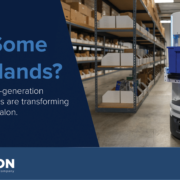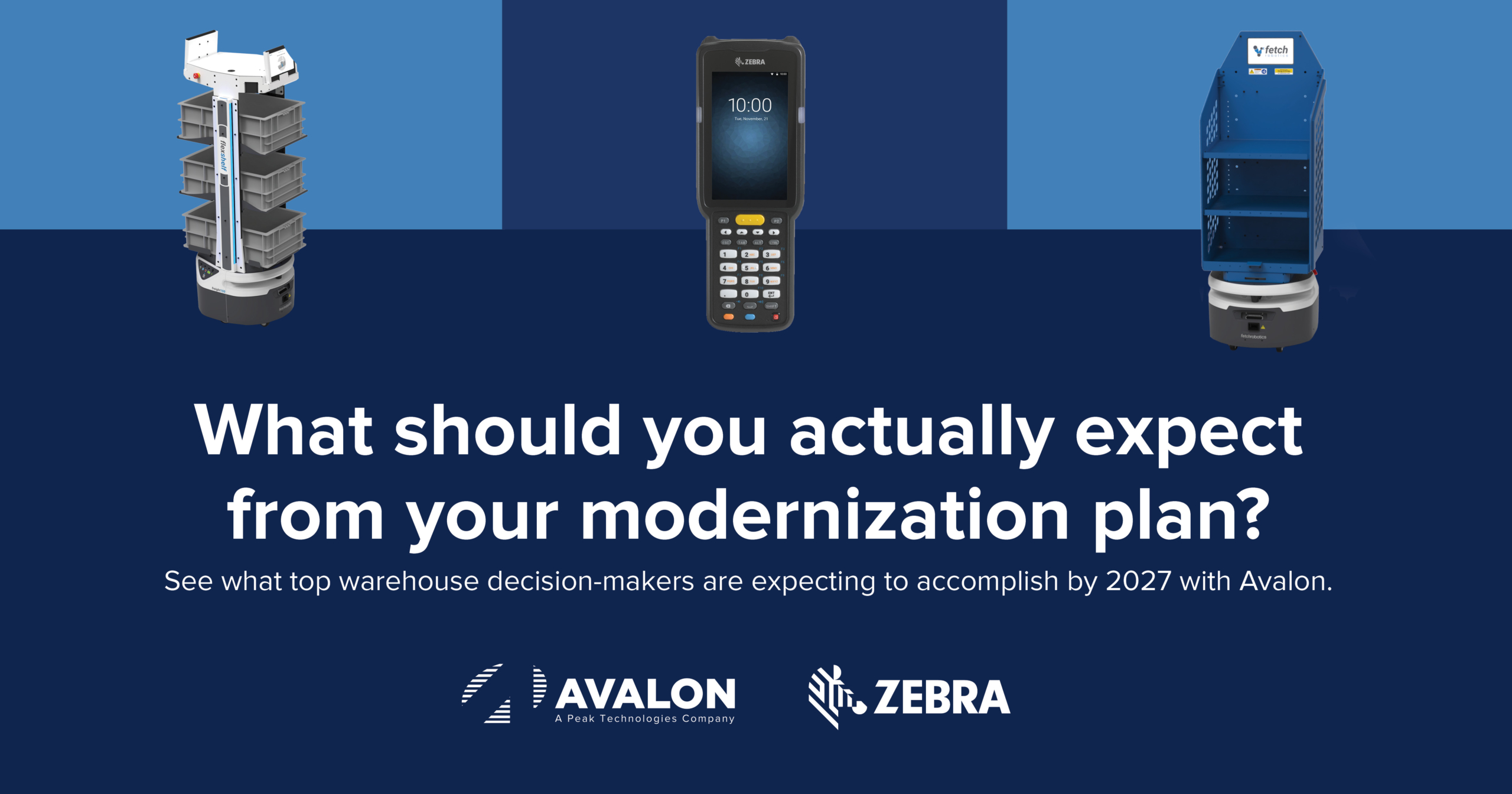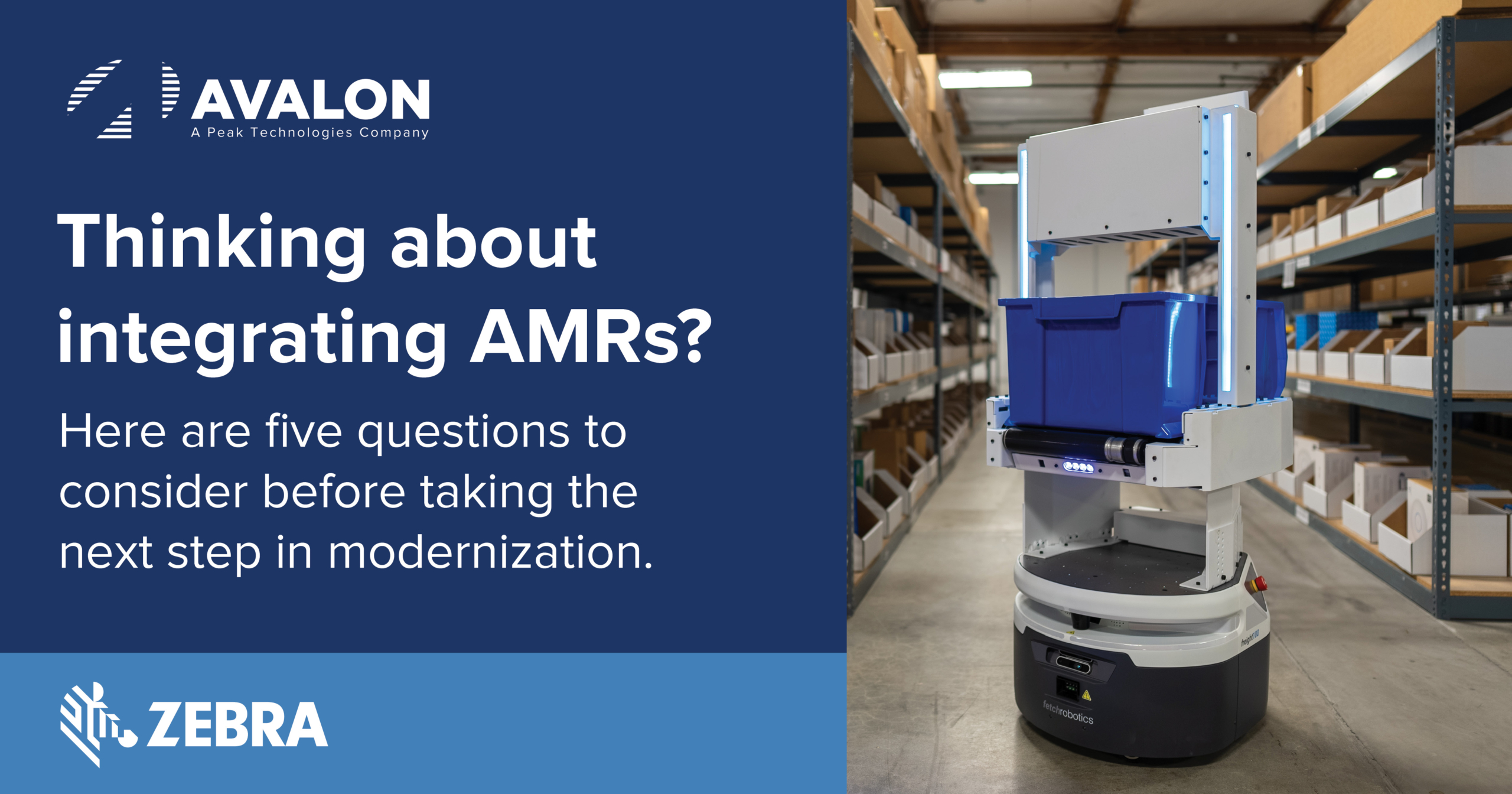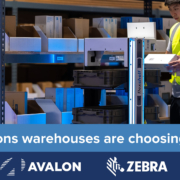Challenges like labor shortages, shifting stock levels, and increasing demands for same-day shipping have pressured warehouses to quickly automate vital tasks in order to remain competitive. Without enterprise-ready automation, warehouses could suffer from inaccurate inventory counts and slow productivity. However, despite hindrances, studies show only 20% of warehouses successfully deploy automated solutions within their planned timeframes. In other words, while distribution centers understand the importance of automation, seamless solution execution is often challenging. Fearing complex implementation and high costs, many warehouses can miss the opportunities that come with today’s top modernized technologies such as warehouse robotics.
Studies show that robotics can reduce costs by 30% as they help improve accuracy and free up warehouse workers to focus on non-repetitive tasks. Existing operations that implement warehouse robotics pick up to more orders and see a 90% reduction in onboarding and training time. As warehouses evaluate the need for robotics, experts recommend searching for the following signs of inefficiency:
- Long picking time
- Incomplete inventory visibility
- Pen-and-paper processes
- Sudden stockouts
- Missed delivery times
4 Ways Robotics Help Alleviate Warehousing Challenges
As warehouses continue to navigate through persistent labor shortages, robotic technologies such as Zebra’s autonomous mobile robots (AMRs) give facilities a chance to redirect their human workforce towards more important tasks while AMRs focus on repetitive tasks or simple, value-added workflows like removing recycling or waste from a DC. When acting as part of a comprehensive modernization plan, warehouse robotics can:
- Boost order accuracy – Mis-picks and general order errors lead to lower profitability and slower warehouse workflows. AMRs help increase productivity up to three times by pairing workers with robots that are 50% faster and carry larger payloads than the competition. Working alongside your employees, AMRs increase precision picking to ensure the highest levels of accuracy and speed.
- Increase individual and team productivity – With an autonomous, smart-picking solution, warehouse workers can remain in specific zones to reduce excessive movement and maintain productivity. The AMRs travel between pick and put operations to reduce the distance and time that employees spend traveling between operations. When warehouses reduce the time it takes to complete repetitive tasks, employees can spend more time focusing on other, more complex workflows.
- Improve employee satisfaction – Robotic automation in warehouses sounds like it could replace employees, but robotics can actually work alongside your human workforce. Robotics can provide a sense of worker empowerment to take their focus away from repetitive tasks to do their jobs more effectively. Moreover, because they are built to handle heavy lifting and prevent collisions, AMRs also maximize worker safety, further boosting employee satisfaction.
- Amplify throughput with less labor – AMRs establish an effective goods-to-person picking system to provide a foundation that meets and adapts to market demands with accelerated fulfillment.
In the end. warehouse robotics reduce costs, orchestrate workers, increase picking efficiency and reduce the impact of labor shortages. Discover how you can redefine fulfillment with warehouse AMRs from Avalon.





